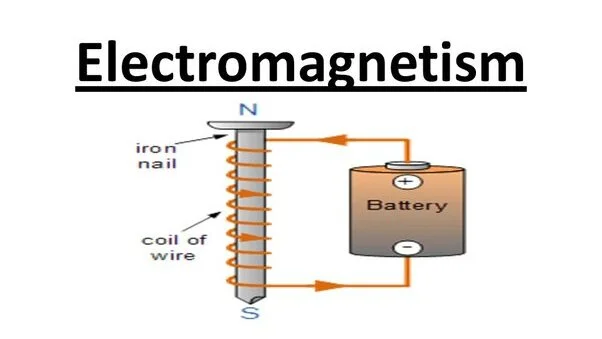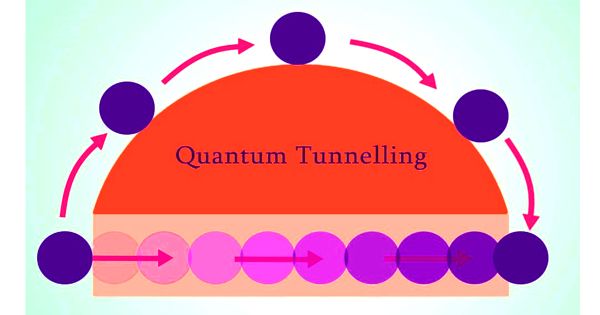Electromagnetism is the interaction of particles with electric charges via electromagnetic fields in physics. It is a branch of physics that studies electric and magnetic fields and how they interact with one another. The electromagnetic force is one of nature’s four fundamental forces. It is the most powerful force in atom-molecule interactions. Electromagnetism is a combination of electrostatics and magnetism, two distinct but closely related phenomena. It includes a wide range of phenomena, from atomic-level electric charge behavior to the generation and transmission of electromagnetic waves.
Electromagnetic forces exist between any two charged particles, causing attraction between particles of opposite charges and repulsion between particles of the same charge, whereas magnetism is an interaction that occurs only between charged particles in relative motion. These two effects combine to form electromagnetic fields around charged particles, which can then be used to accelerate other charged particles via the Lorentz force. At high energy, the weak and electromagnetic forces combine to form a single electroweak force.
Key concepts in electromagnetism include:
- Electric Charge: Electric charge is a fundamental property of matter. It can be positive or negative, and like charges repel each other, while opposite charges attract.
- Electric Field: An electric field is a region of space around an electric charge or group of charges where other electric charges experience a force. Electric fields are created by electric charges and can exert a force on other charges within their vicinity.
- Magnetic Field: A magnetic field is a region of space around a magnet or a moving electric charge where magnetic forces are exerted on other magnets or moving charges. Magnetic fields are produced by magnets and electric currents.
- Electromagnetic Force: The electromagnetic force is the fundamental force responsible for the interaction between electric charges and magnets. It governs the behavior of electrically charged particles, such as electrons, protons, and ions, in the presence of electric and magnetic fields.
- Electromagnetic Waves: Electromagnetic waves are propagating waves of oscillating electric and magnetic fields through space. Radio waves, microwaves, infrared radiation, visible light, ultraviolet radiation, X-rays, and gamma rays are all examples of electromagnetic waves. Electromagnetic waves can travel through a vacuum and carry energy and information.
Electromagnetism research has resulted in the development of a wide range of practical applications, including electric power generation and distribution, telecommunications, electronics, medical imaging (such as MRI), and many more. It is also a necessary prerequisite for understanding other branches of physics, such as quantum mechanics and relativity.
















